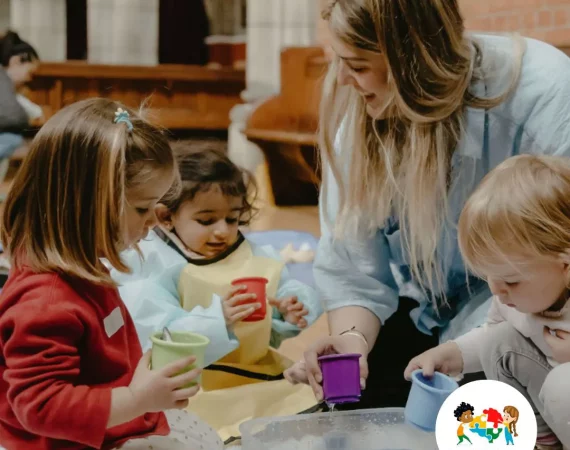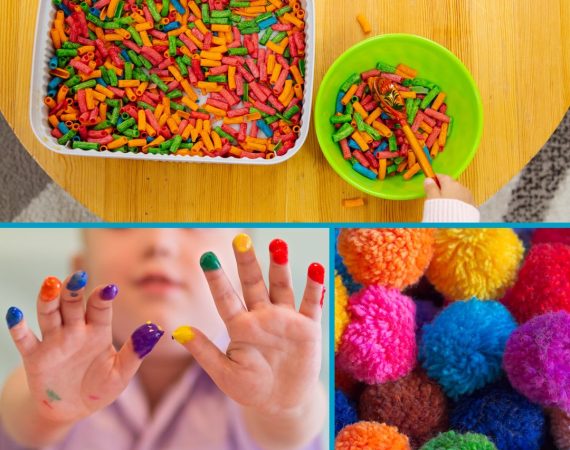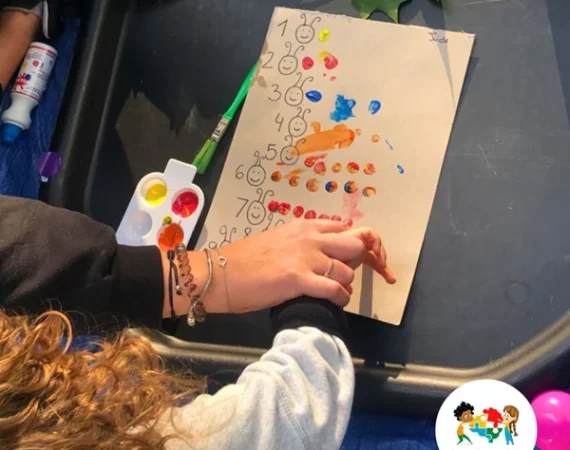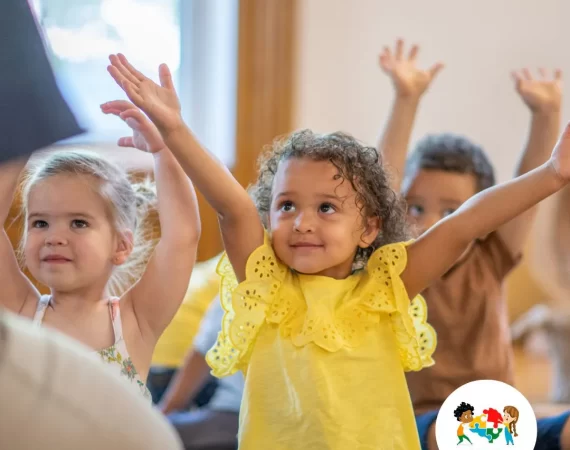Introduction:
Social and emotional development lays the foundation for a child’s lifelong well-being, influencing their ability to form relationships, regulate emotions, and navigate the world around them. From infancy through early childhood, parents and caregivers play a crucial role in nurturing these essential skills. In this blog, we’ll explore what social and emotional development entails and provide practical tips to support it at home.
Understanding Social and Emotional Development:
1. Infancy (6-12 Months):
During infancy, social and emotional development begins with attachment and bonding. Babies form secure attachments with caregivers, which serve as the basis for trust and emotional security. They also start to recognize familiar faces, express basic emotions like joy and distress, and develop early communication skills through gestures and vocalizations.
2. Toddlerhood (1-3 Years Old):
In toddlerhood, children become more independent and begin to explore their social world. They engage in parallel play alongside peers, imitate adult behaviors, and express a wider range of emotions, including frustration, excitement, and affection. Toddlers also start to develop empathy and begin to understand and respond to the emotions of others.
3. Preschool Years (3-4 Years Old):
As children enter the preschool years, their social and emotional skills continue to evolve. They engage in cooperative play, take turns, and negotiate with peers. Preschoolers develop a stronger sense of self-awareness and identity, express complex emotions, and begin to understand social rules and expectations.
Supporting Social and Emotional Development at Home:
1. Create a Secure Attachment:
Build a strong bond with your child through responsive caregiving, affection, and nurturing interactions. Respond promptly to your baby’s cues, provide plenty of cuddles and physical affection, and establish predictable routines that foster a sense of security.
2. Encourage Social Interactions:
Facilitate opportunities for socialization with peers through playdates, community activities, and group settings. Encourage sharing, cooperation, and positive social behaviors, and model empathy and kindness in your interactions with others.
3. Teach Emotional Literacy:
Help children identify and label their emotions by naming feelings and discussing them openly. Validate their emotions and teach healthy coping strategies, such as deep breathing, taking a break, or seeking comfort from a trusted adult.
4. Promote Problem-Solving Skills:
Encourage children to resolve conflicts independently by teaching them effective problem-solving strategies, such as compromising, taking turns, and using words to express feelings and needs. Offer guidance and support as they navigate social challenges.
5. Provide a Safe and Nurturing Environment:
Create a supportive home environment where children feel valued, respected, and emotionally secure. Set clear and consistent limits, praise positive behaviors, and model healthy communication and conflict resolution skills.
Conclusion:
Social and emotional development is a dynamic and multifaceted process that unfolds over the course of childhood. By fostering secure attachments, encouraging social interactions, teaching emotional literacy, promoting problem-solving skills, and providing a nurturing environment, parents and caregivers can support their child’s social and emotional growth every step of the way.











